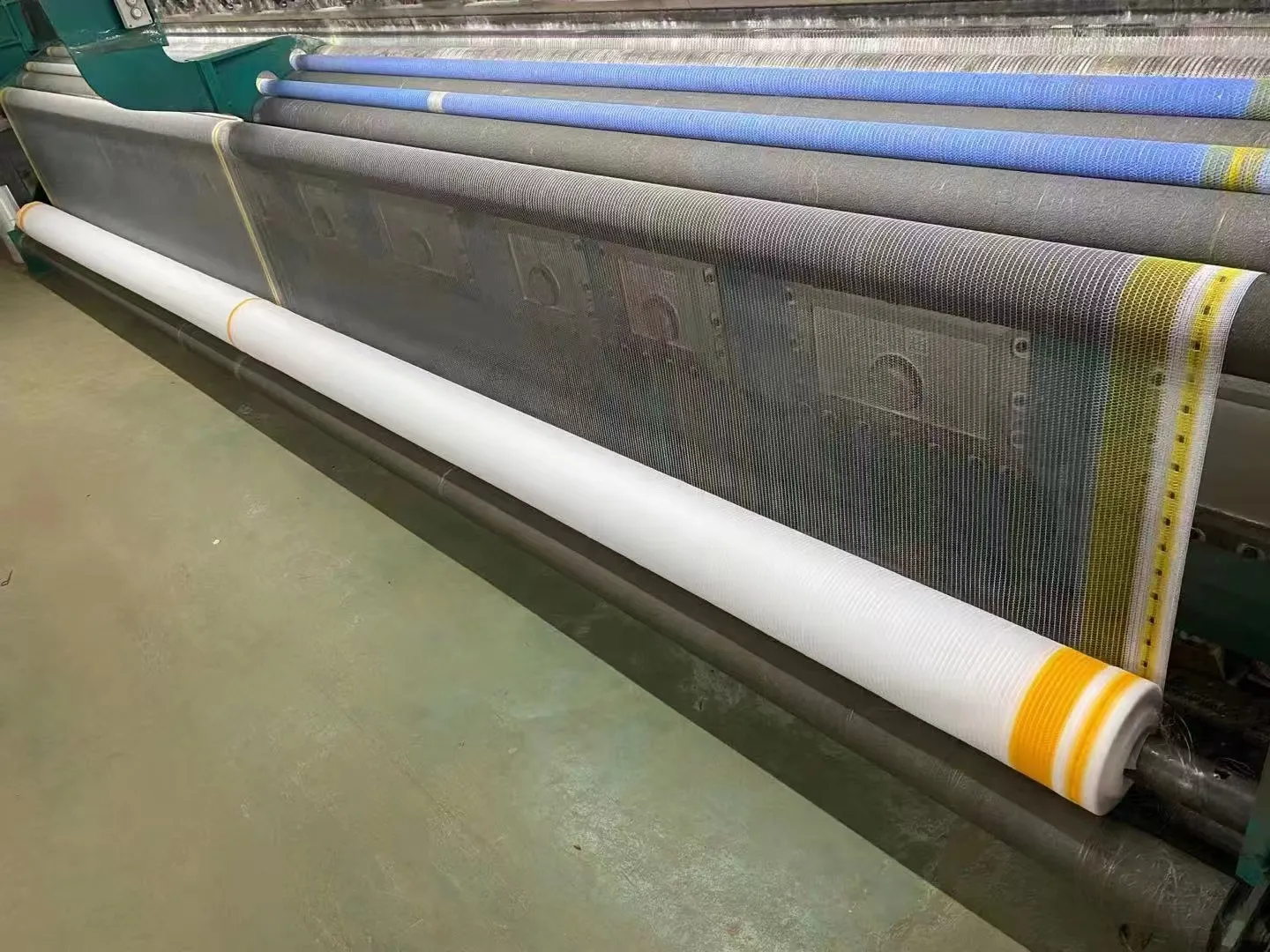-
 Afrikaans
Afrikaans -
 Albanian
Albanian -
 Amharic
Amharic -
 Arabic
Arabic -
 Armenian
Armenian -
 Azerbaijani
Azerbaijani -
 Basque
Basque -
 Belarusian
Belarusian -
 Bengali
Bengali -
 Bosnian
Bosnian -
 Bulgarian
Bulgarian -
 Catalan
Catalan -
 Cebuano
Cebuano -
 China
China -
 Corsican
Corsican -
 Croatian
Croatian -
 Czech
Czech -
 Danish
Danish -
 Dutch
Dutch -
 English
English -
 Esperanto
Esperanto -
 Estonian
Estonian -
 Finnish
Finnish -
 French
French -
 Frisian
Frisian -
 Galician
Galician -
 Georgian
Georgian -
 German
German -
 Greek
Greek -
 Gujarati
Gujarati -
 Haitian Creole
Haitian Creole -
 hausa
hausa -
 hawaiian
hawaiian -
 Hebrew
Hebrew -
 Hindi
Hindi -
 Miao
Miao -
 Hungarian
Hungarian -
 Icelandic
Icelandic -
 igbo
igbo -
 Indonesian
Indonesian -
 irish
irish -
 Italian
Italian -
 Japanese
Japanese -
 Javanese
Javanese -
 Kannada
Kannada -
 kazakh
kazakh -
 Khmer
Khmer -
 Rwandese
Rwandese -
 Korean
Korean -
 Kurdish
Kurdish -
 Kyrgyz
Kyrgyz -
 Lao
Lao -
 Latin
Latin -
 Latvian
Latvian -
 Lithuanian
Lithuanian -
 Luxembourgish
Luxembourgish -
 Macedonian
Macedonian -
 Malgashi
Malgashi -
 Malay
Malay -
 Malayalam
Malayalam -
 Maltese
Maltese -
 Maori
Maori -
 Marathi
Marathi -
 Mongolian
Mongolian -
 Myanmar
Myanmar -
 Nepali
Nepali -
 Norwegian
Norwegian -
 Norwegian
Norwegian -
 Occitan
Occitan -
 Pashto
Pashto -
 Persian
Persian -
 Polish
Polish -
 Portuguese
Portuguese -
 Punjabi
Punjabi -
 Romanian
Romanian -
 Russian
Russian -
 Samoan
Samoan -
 Scottish Gaelic
Scottish Gaelic -
 Serbian
Serbian -
 Sesotho
Sesotho -
 Shona
Shona -
 Sindhi
Sindhi -
 Sinhala
Sinhala -
 Slovak
Slovak -
 Slovenian
Slovenian -
 Somali
Somali -
 Spanish
Spanish -
 Sundanese
Sundanese -
 Swahili
Swahili -
 Swedish
Swedish -
 Tagalog
Tagalog -
 Tajik
Tajik -
 Tamil
Tamil -
 Tatar
Tatar -
 Telugu
Telugu -
 Thai
Thai -
 Turkish
Turkish -
 Turkmen
Turkmen -
 Ukrainian
Ukrainian -
 Urdu
Urdu -
 Uighur
Uighur -
 Uzbek
Uzbek -
 Vietnamese
Vietnamese -
 Welsh
Welsh -
 Bantu
Bantu -
 Yiddish
Yiddish -
 Yoruba
Yoruba -
 Zulu
Zulu
High-Speed Wire Mesh Manufacturing Machines Automated & Durable
- Industry Overview & Demand Drivers
- Technological Breakthroughs in Production Systems
- Performance Comparison: Leading Manufacturers (2023 Data)
- Custom Engineering for Specialized Applications
- Success Stories Across Industries
- Sustainability & Operational Efficiency
- Future of Wire Mesh Manufacturing Technology

(wire mesh manufacturing machine)
Wire Mesh Manufacturing Machines: Powering Industrial Fabrication
The global wire mesh production equipment market reached $2.8B in 2023, driven by 7.2% annual growth in construction and infrastructure projects. Modern weld mesh manufacturing machines now achieve production speeds exceeding 120 meters/minute, a 40% efficiency gain since 2018.
Advanced Engineering Redefining Production
Fourth-generation machines integrate:
- AI-assisted tension control (±0.05N precision)
- Multi-axis welding heads (1200 spots/minute)
- Energy recovery systems reducing power consumption by 18%
Real-time thickness monitoring (50μm resolution) prevents material waste, achieving 99.3% first-pass yield in ISO-certified facilities.
Manufacturer Performance Benchmarking
| Manufacturer | Speed (m/hr) | Wire Range (mm) | Automation Level | MTBF | Price Range |
|---|---|---|---|---|---|
| MagnaMesh Pro 450 | 6,200 | 1.0-8.0 | Level 4 | 1,850h | $420K-$580K |
| SteelWeave X9 | 5,800 | 0.8-6.5 | Level 3 | 1,600h | $380K-$520K |
| EcoFab Titan | 7,100 | 1.2-12.0 | Level 4+ | 2,200h | $680K-$920K |
Mean Time Between Failures
Application-Specific Configuration Options
Modular designs enable rapid adaptation:
- High-frequency welders for aerospace meshes (0.3-1.2mm wires)
- Galvanizing inline modules (15μm coating precision)
- Dual-wire feeding systems for composite materials
Custom tooling changes now require 23 minutes vs. traditional 4-hour setups.
Global Deployment Case Studies
Automotive: German Tier-1 supplier achieved 14-second cycle times for exhaust system filters
Construction: UAE plant produces 28-ton daily output of seismic reinforcement grids
Agriculture: Brazilian manufacturer reduced material waste by 31% through adaptive cutting systems
Eco-Conscious Production Innovations
Regenerative drives recover 92% of braking energy, while closed-loop lubrication systems achieve 99% fluid reuse. ISO 50001-certified models demonstrate 19% lower carbon footprint per ton produced versus 2020 benchmarks.
Wire Mesh Manufacturing Machines: Next-Gen Developments
Emerging technologies include:
- Machine learning-powered predictive maintenance (85% accuracy in failure anticipation)
- Hybrid resistance/laser welding systems (0.02mm positional accuracy)
- Blockchain-enabled material tracing from raw wire to final product
Current R&D focuses on achieving zero-downtime production through redundant systems and AI-optimized maintenance schedules.

(wire mesh manufacturing machine)
FAQS on wire mesh manufacturing machine
Q: What are the main types of wire mesh manufacturing machines?
A: The primary types include welded mesh machines, woven mesh machines, and expanded metal mesh machines. Each specializes in different mesh patterns and applications. Welded mesh machines are ideal for structural uses like fencing.
Q: How does a weld mesh manufacturing machine work?
A: It uses electric resistance welding to fuse intersecting metal wires into a grid pattern. Automated systems feed, align, and weld wires for consistent output. This process ensures high-speed production of durable mesh panels.
Q: What factors determine the choice of a mesh manufacturing machine?
A: Key factors include wire diameter, mesh size requirements, production volume, and end-use applications. Automation level and machine durability also influence selection. Customization options for patterns or coatings may also matter.
Q: Can wire mesh machines produce custom-sized mesh panels?
A: Yes, most modern machines allow adjustable settings for wire spacing and panel dimensions. Advanced models use CNC controls for precise customization. Custom tooling can also create unique mesh designs.
Q: What industries rely on weld mesh manufacturing machines?
A: Major industries include construction (reinforcement mesh), agriculture (animal fencing), and automotive (grilles). Industrial filtration and mining sectors also use these machines. The versatility suits both lightweight and heavy-duty applications.
-
Stainless Steel Mesh SolutionsNewsMay.06,2025
-
Protecting Your Farm with Smart SolutionsNewsMay.06,2025
-
Practical Mesh Solutions for Your Home and GardenNewsMay.06,2025
-
Nylon Mesh SolutionsNewsMay.06,2025
-
Fish Breeding Nets for AquariumsNewsMay.06,2025
-
Essential Mesh Solutions for ConstructionNewsMay.06,2025











